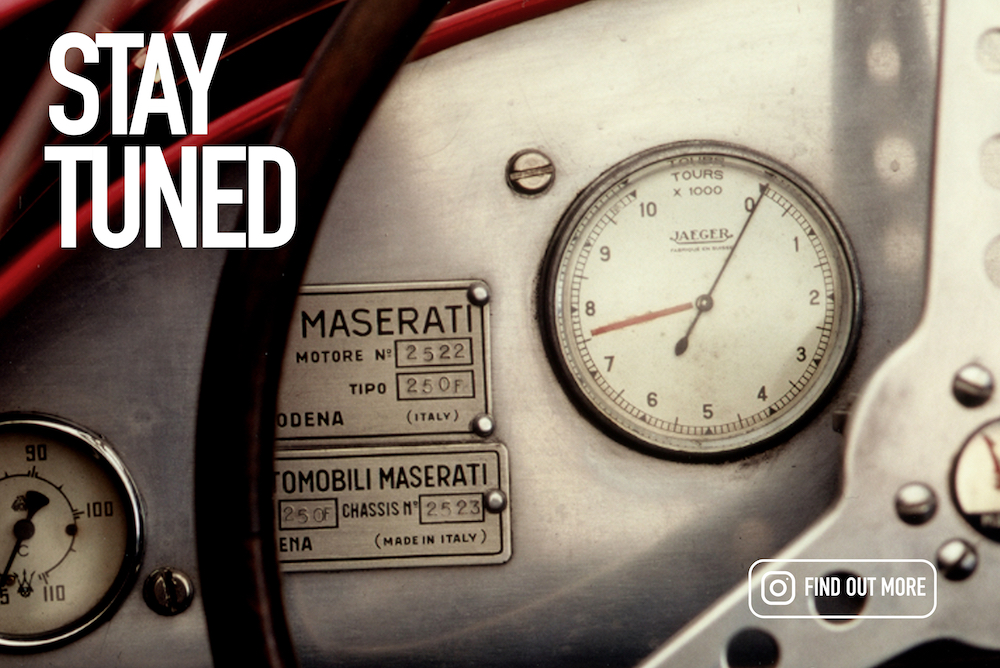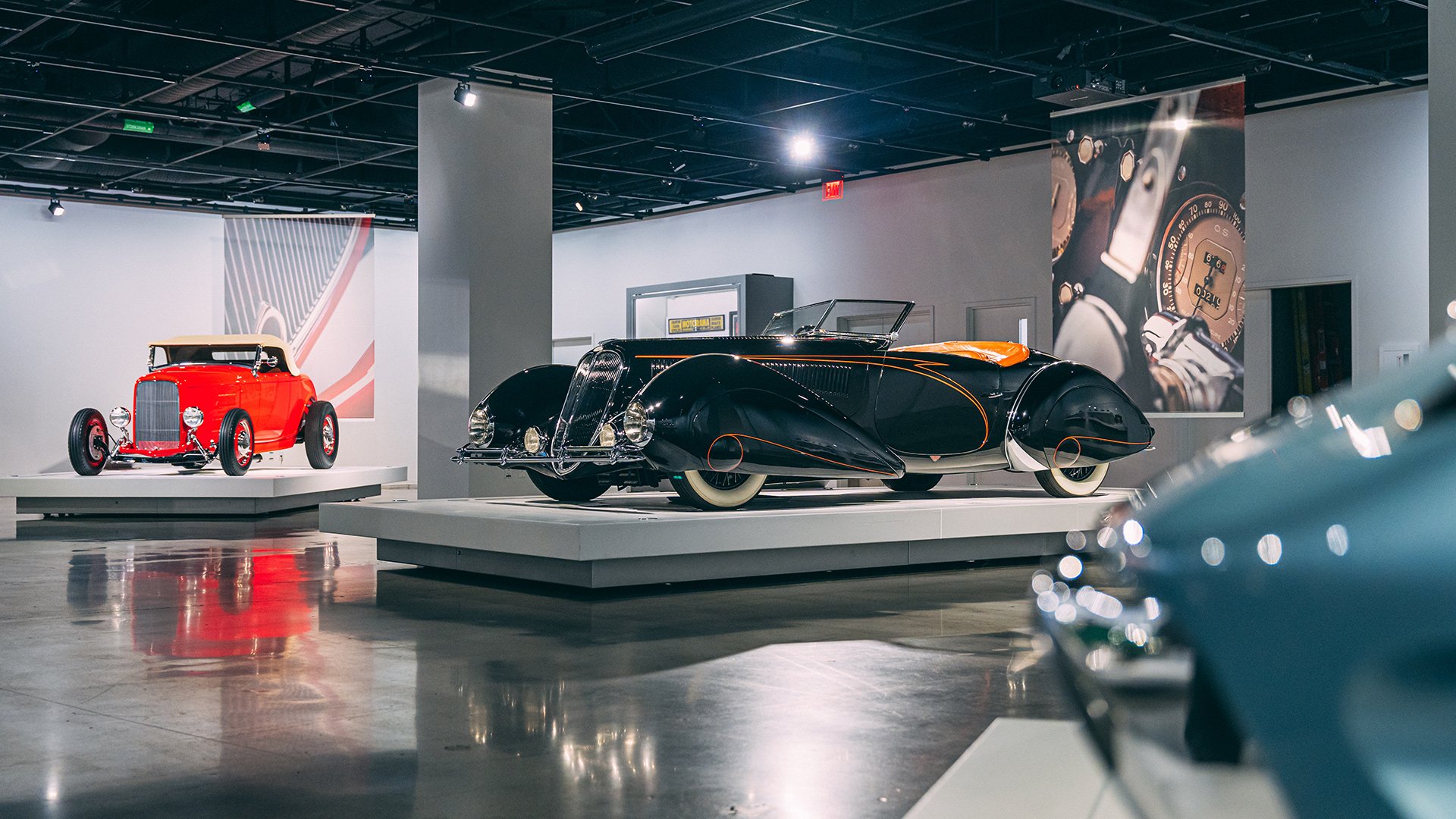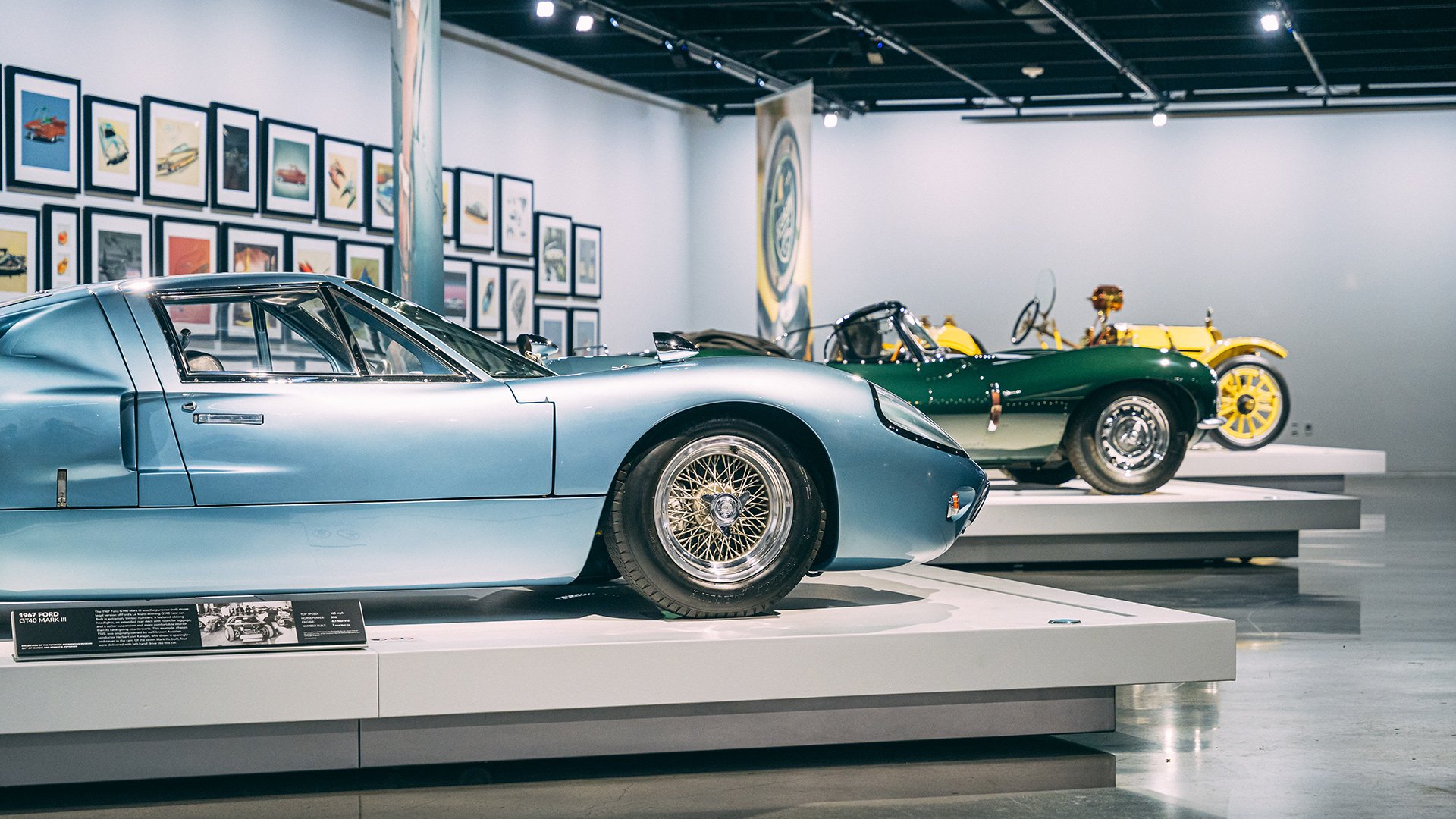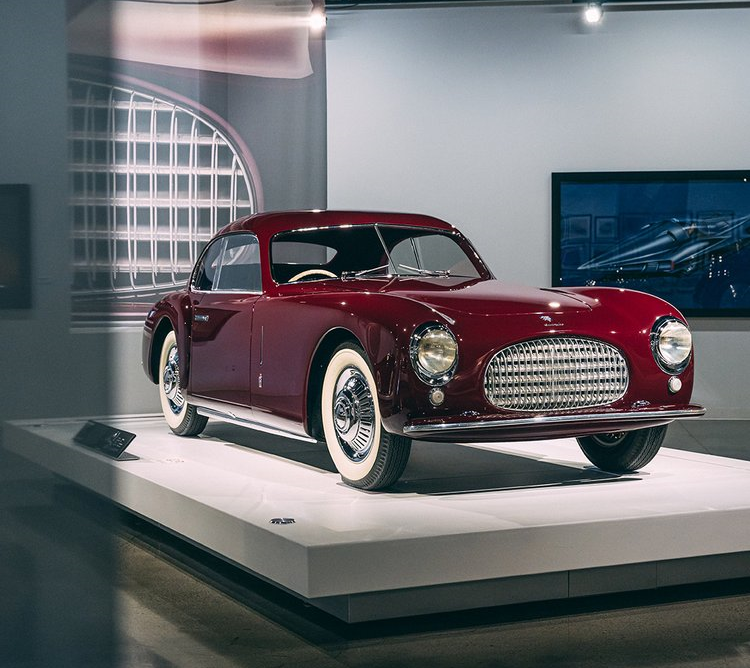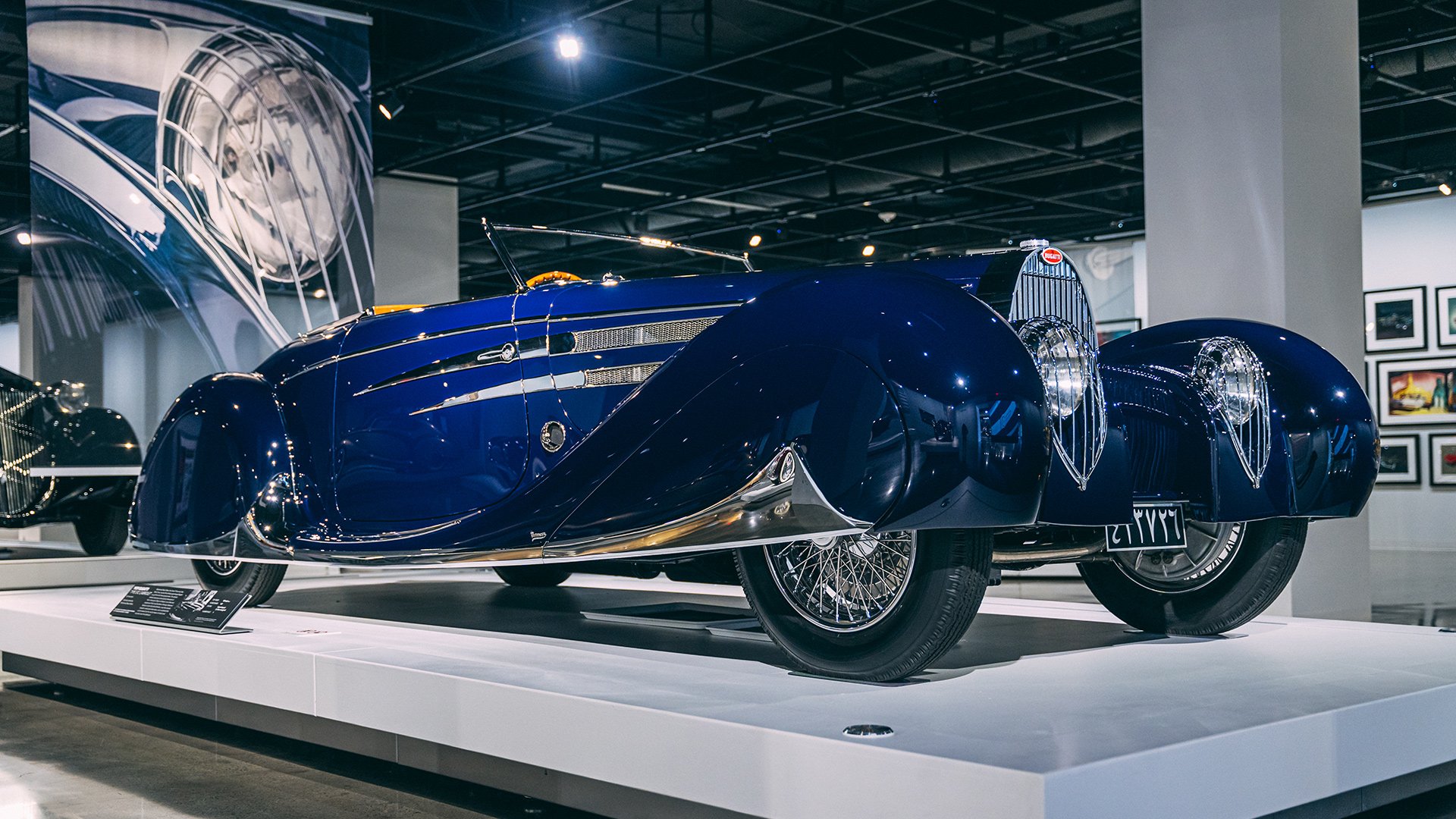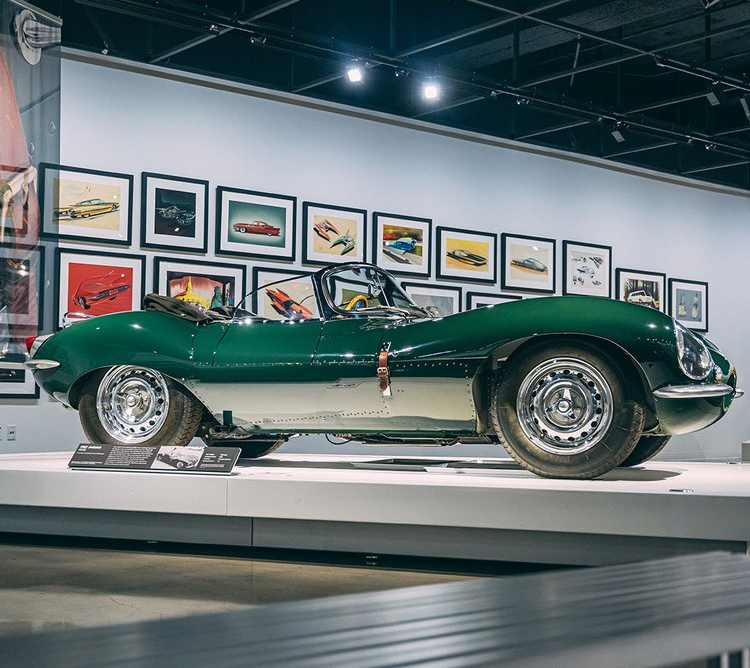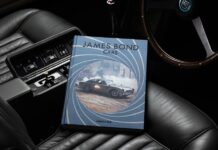Founded in 1994 by Robert E. Petersen and Margie Petersen, the Petersen Automotive Museum houses one of the most diverse and world-renowned collections of important vehicles ever assembled. Aligning with the Museum’s mission to explore and present the history of the automobile and its impact on global life and culture using Los Angeles as the prime example, the vehicles in the Petersen collection highlight key technological developments, important styling innovations, and iconic cultural moments in automotive history.
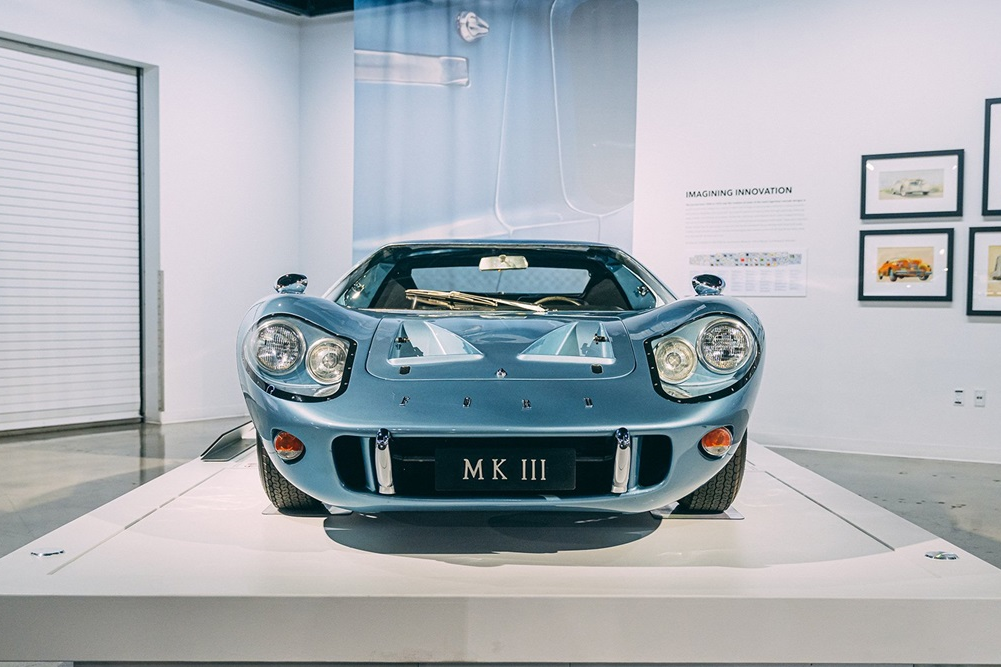
With vehicles drawn from domestic and international manufacturers alike, as well as an extensive collection of archival materials, artwork, and automotive ephemera, the Petersen’s permanent holdings offer a uniquely comprehensive portrait of the automotive world.
Presented here as a cohesive collection, these exclusive vehicles offer a unique glimpse into the many facets of the rich automotive heritage.
Vehicles In Exhibit
Vehicles are subject to change without notice. More vehicles can be seen within the exhibit and may not be on the list.
1967 Ford GT40 MKIII
Of the seven Ford GT40 Mark IIIs built, four were delivered with left-hand drive like this car. This rare street-legal example (serial #MK3 1105) was originally owned by well-known Austrian conductor Herbert von Karajan, who drove it sparingly—and never in the rain.
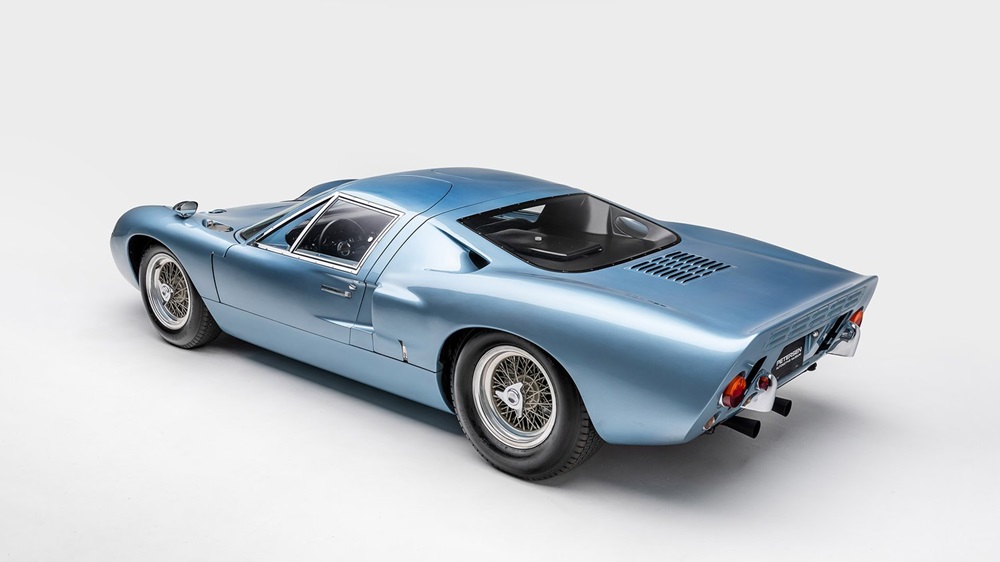
The Mark III differed from earlier versions in that it had round, rather than oblong, headlights, an extended rear deck with room for luggage, a less rigid suspension, and a more comfortable interior. Powered by a 289-cubic-inch, 306-horsepower Ford V-8 engine coupled to a ZF 5-speed manual transmission, the low-slung car can accelerate from zero to 60 miles per hour in just 5.3 seconds. Top speed is approximately 165 miles per hour. The GT40 model designation was derived, in part, from its low height, which was a mere 40 inches from ground to roof.
1956 Jaguar XKSS
The XKSS was a road-going version of the successful Jaguar D-Type racing car. Originally owned by noted Riverside Raceway designer James Edward Peterson, this example was later sold to TV personality Bill Leyden before being acquired by actor Steve McQueen.
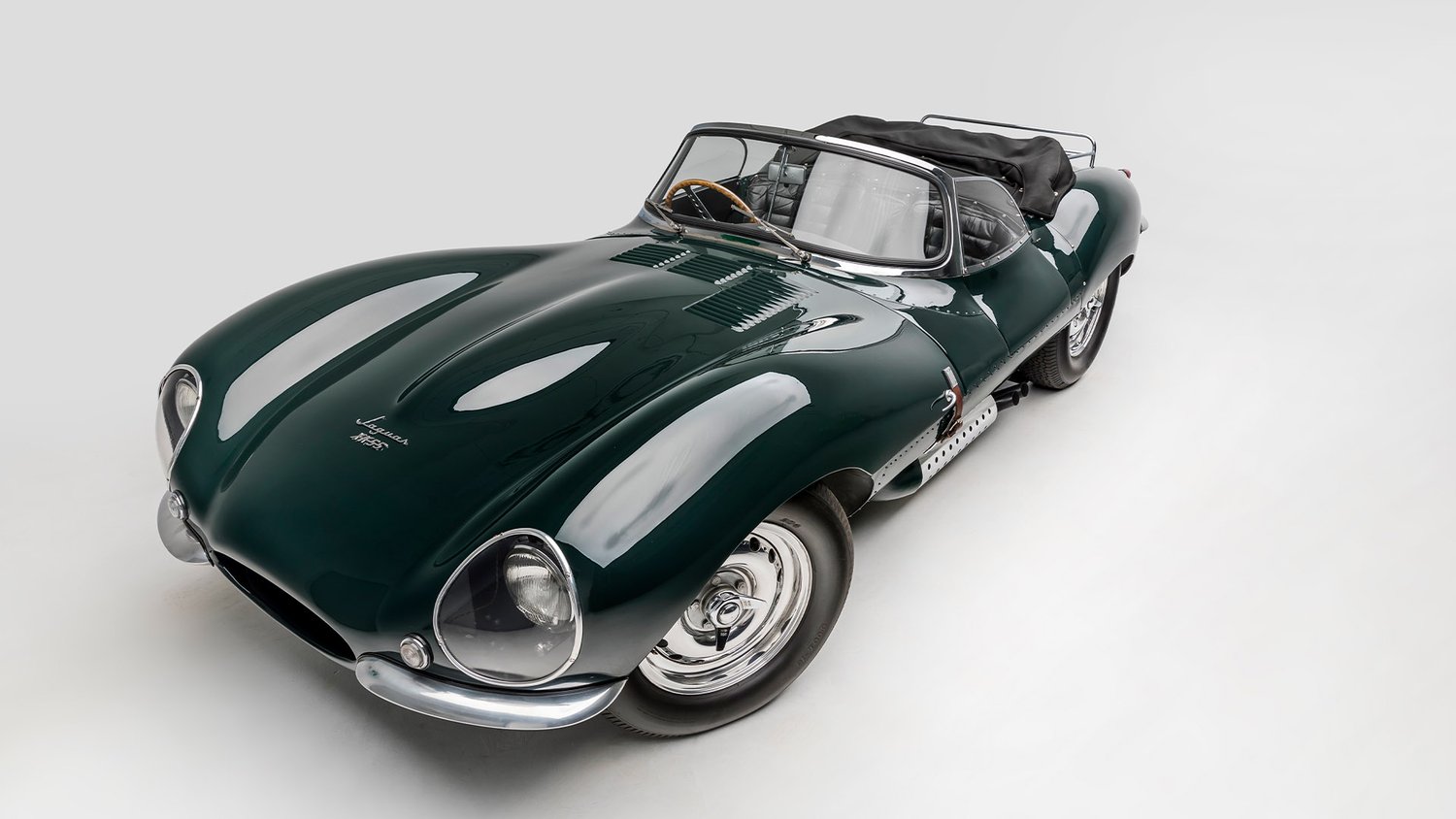
One of just 16 built, it was originally white with a red interior. After purchasing the car, McQueen had it repainted a favorite shade of green, polished the Dunlop wheels, and had the interior re-trimmed in black by renowned upholsterer Tony Nancy. He enjoyed driving the car fast and is reported to have received so many tickets that his driver’s license was almost suspended twice during his first year of ownership.
A capable mechanic, McQueen did much of the maintenance work himself. He eventually came to consider the car too rare and valuable to race and sold it in the early 1970s to famed collector Bill Harrah. McQueen later reacquired the XKSS, keeping it until his untimely death from cancer in 1980. It was purchased at auction in 1984 by a local collector who refurbished the low-mileage car while carefully preserving several of its unique features such as the glove box door specially fitted by hot rod artist Von Dutch.
1925 Rolls-Royce Phantom I
The exotic “Round Door” Rolls-Royce was constructed in 1925 with a Hooper Cabriolet body for its first owner, a Mrs. Hugh Dillman of Detroit. It appears never to have left England and was re-sold when still virtually new to the Raja of Nanpara.
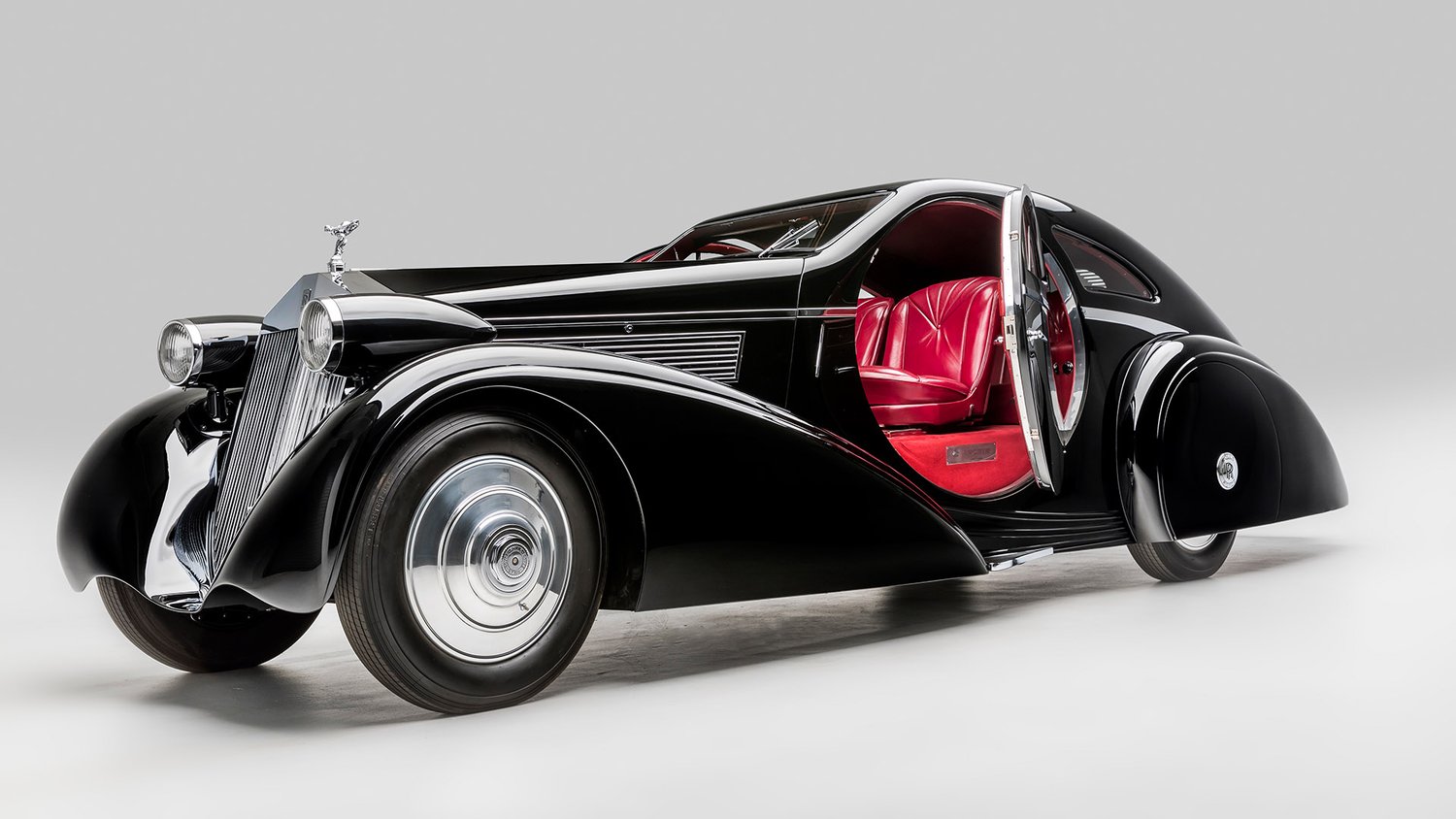
In about 1934 a subsequent owner sent the car to Jonckheere of Belgium to be fitted with fashionably aerodynamic coachwork complete with twin sunroofs, round doors, a large fin, and a sloping radiator shell. Once thought to have been owned by the Duke of Windsor, the concours-winning car then passed through the hands of several other owners before being discovered in New Jersey in the early-1950s in near derelict condition.
Max Obie later acquired the unusual Rolls-Royce, had it painted gold, and charged curious individuals one dollar to enter a special enclosure to look at the car. The Phantom I then spent time on the East Coast of the United States and in Japan before coming into the possession of the Petersen Automotive Museum in the spring of 2001.
This exhibition brings together a sampling of the most spectacular and evocative vehicles in the Petersen’s permanent collection. Stretching from the Brass Era to the modern day, these lovingly preserved masterpieces rank at the apex of desirability in the collector car world. A combination of outstanding craftsmanship, excellent performance, boldly attractive styling, and extreme rarity has earned these archetypes of automotive excellence high esteem among automotive aficionados and non-enthusiasts alike. Presented here as a cohesive collection, these exclusive vehicles offer a unique glimpse into the many facets of the rich automotive heritage.
find more news here…
